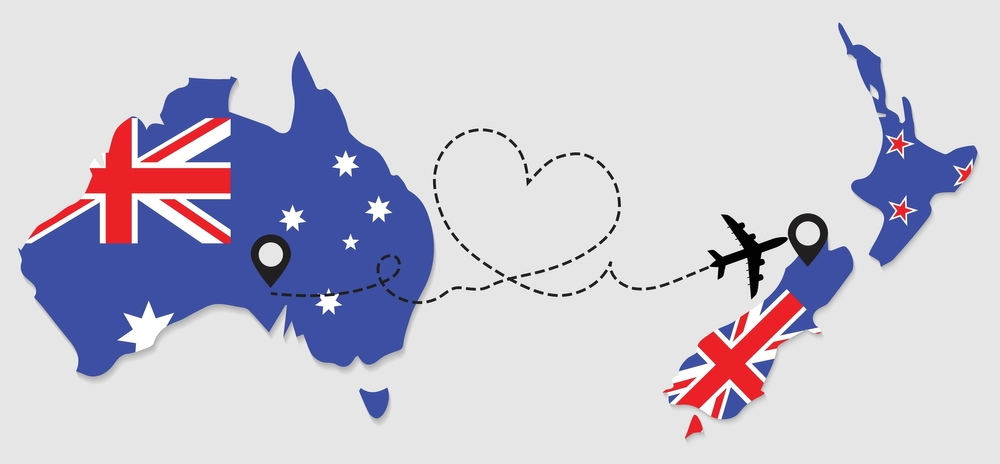Rich customs and old temples are well-known features of Cambodia. It does, nevertheless, also have a terrible past. The nation endured under the terrible Khmer Rouge regime between 1975 and 1979. Millions of Cambodians died during this period. The Killing Fields came to represent this horrible episode from history. Today, they serve as a reminder of the atrocities committed and the resiliency of the Cambodian people.
The Rise of the Khmer Rouge
Pol Pot commanded the Khmer Rouge that seized Cambodia in 1975. Their goal was to establish a communist society free from outside influences. Their vision was quite severe. They deleted religion, schools, and money. They made people leave cities and labor in the countryside. Everyone considered as a threat was put dead. Targeting included intellectuals, professors, doctors, and even those who wore spectacles. The government considered them as adversaries of the country.
Under the Khmer Rouge, life was hard. Families were split. People reported underfeeding and overworking themselves. Disease and malnutrition claimed many lives. Others were taken into custody and brought to jails, where they underwent torturing before execution. Tuol Sleng, sometimes S-21, was the most notorious among these jails.
CAMBODIA VISA FOR GUYANESE CITIZENS
Tuol Sleng: A School Turned into a Prison
Tuol Sleng used to be a school before the Khmer Rouge. It turned into a horror site under the dictatorship. Thousands of people were hauled here, accused of crimes they never committed. They suffered till they came clean. They were dispatched to the Killing Fields once they came clean.
It’s eerie to be walking around Tuol Sleng today. The classrooms resemble prison cells now. Pictures of the dead line the walls. There are still certain rooms equipped with torture-related implements. It is a venue that challenges guests to face past cruelty.
The Killing Fields: A Place of Remembrance
Thousands of victims were hauled to be killed in the Killing Fields. Just outside Phnom Penh, Choeung Ek is the most famous site. Men, women, and children perished here. The government utilized farming tools and blunt things instead of bullets since they wanted not to squander them. The violence is unfathomable.
Nowadays, a big stupa stands in the middle of Choeung Ek. Thousands of skulls, a quiet monument to the lives lost, are housed there. Visitors can still observe bones and garments rising from the ground after heavy rain as they stroll over the fields. Though unpleasant, this is a vital experience. Understanding these catastrophes guarantees their never-forgotten nature.
The Impact on Cambodia Today
The Khmer Rouge left Cambodia wrecked. About two million people had died by the time they were toppled in 1979. The nation had lost its educated elite. Families were broken. The trauma was profound, and reconstruction was challenging.
One may still sense the results now. Many survivors are still carrying terrible memories. A few battle poverty. Some have both mental and physical scars. Still, Cambodia has demonstrated amazing fortitude. The nation has put great effort into healing and forward motion.
CAMBODIA VISA FOR HAITIAN CITIZENS
Why We Must Remember
Traveling to the Killing Fields is challenging. The tales of the victims hurt to hear. Still, it is also very required. Knowing history clarifies our need for peace and human rights. It reminds us of the perils of too-strong ideas and unbridled authority.
Many Cambodians think that present events should be taught to future generations. Schools today cover the Khmer Rouge. Monuments and museums now exist, and survivors tell their tales. This guarantees that what happened never gets forgotten in the world.
A Journey of Reflection
Learning facts is only one aspect of visitors’ dark history exploration of Cambodia. It is about realizing the weight of man, as well as arrows and fortitude. It is about respecting somebody who is also concerned about making sure such tra, and again.
Cambodia is a powerfully beautiful nation. Though they have suffered great hardship, their people have rebuilt with hope. Though they serve as a reminder of the past, the Killing Fields also highlight the need to remember to remember history and the will to survive to survive. Drawing lessons from Cambodia’s worst years helps us toward a more caring society.
More Articles: Cambodia’s French Colonial Influence: A Walk Through History




